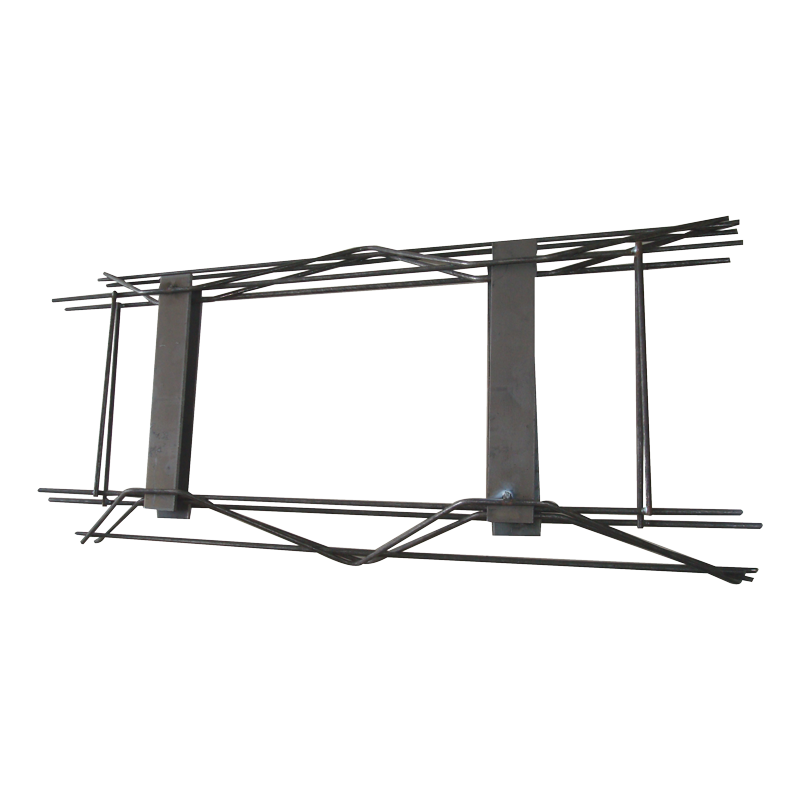
- Mobile Phone
- +8613931874955
- sales@cntcmetal.com
Innovative Wire Ties Solutions for Enhancing Structural Integrity in Brickwork Applications
Wire Ties for Brickwork An Essential Component in Modern Masonry
In the realm of construction, particularly in masonry, the integration of various materials is crucial for the durability and stability of structures. One such vital component is wire ties, specifically designed for brickwork. These components may appear to be simple metallic strips, but they play a significant role in ensuring that brick structures maintain their integrity over time.
Wire ties are used to connect different elements of a masonry wall. Typically crafted from galvanized steel, these ties are designed to resist corrosion and provide long-lasting support. Their primary function is to tie the brickwork to the wall's underlying structure, often made of concrete or masonry units. This connection is essential because it helps to distribute loads evenly and resist lateral forces, such as wind or seismic activity.
Wire Ties for Brickwork An Essential Component in Modern Masonry
One of the key benefits of wire ties is their contribution to structural stability. In a well-designed brick wall, the ties create a bond between brick and masonry elements, preventing movement that could lead to cracks or structural failure. This is particularly important in multi-story buildings where the weight of the upper floors exerts significant pressure on the lower levels. The use of wire ties mitigates the risk of differential movement, ensuring that the wall remains intact and functional.
wire ties for brickwork

Moreover, wire ties facilitate the integration of insulation and other materials within the wall cavity. This is increasingly important in modern construction, where energy efficiency and thermal performance are paramount. Insulated cavity walls, supported by wire ties, not only provide thermal resistance but also enhance the overall longevity of the building, as they protect against moisture infiltration that can lead to deterioration over time.
Another advantage of wire ties is their flexibility in design and application. Contractors can choose from various types of wire ties, such as ladder ties, which provide horizontal support, or straight ties, which lend vertical strength. The choice of tie often depends on the specific needs of the project, including the type of brick being used and the overall aesthetic appeal desired. During installation, these ties can be easily maneuvered, allowing for adjustments that align with the architectural vision of the project.
However, the effectiveness of wire ties is contingent on proper installation. This includes ensuring that the ties are positioned at the correct intervals, are adequately embedded into the mortar, and are not compromised by other construction activities. Neglecting these factors can diminish the ties' effectiveness, potentially leading to structural issues in the future.
In conclusion, wire ties are an indispensable element in modern brickwork, contributing significantly to the stability, durability, and energy efficiency of masonry structures. By connecting various components of a wall system, they ensure that buildings can withstand the test of time and natural forces. As masonry continues to evolve, the role of wire ties will remain foundational, reinforcing the structures that shape our built environment. The careful consideration of their use in design and construction practices is crucial for maintaining the integrity of brickwork and, ultimately, the safety and well-being of its occupants.
share:
-
Your Source for Concrete Wall Ties and Masonry AccessoriesNewsJul.10,2025
-
Unlocking the Power of Iron Wire for Every ProjectNewsJul.10,2025
-
Explore Advanced Chain Wire and Stainless Steel Mesh FencingNewsJul.10,2025
-
Discover the Benefits of Annealed Wire ProductsNewsJul.10,2025
-
Discover China Stainless Steel Wire Mesh SolutionsNewsJul.10,2025
-
Build with Confidence Using High-Performance Masonry AccessoriesNewsJul.10,2025
-
Why Sacrificial Formwork Is Redefining Underground ConstructionNewsJun.06,2025



















